Description and cultivation of "Aloha" roses
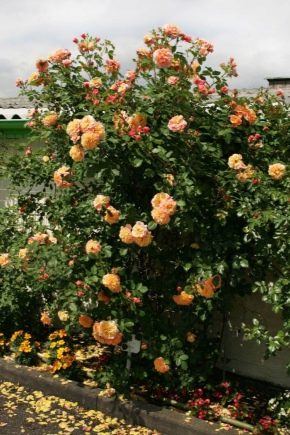
One of the popular varieties of roses "Aloha" cannot be ignored. This is a climbing rose, discovered by the famous German breeder W. Söhne Kordes in 2003. In 2006, the rose was awarded the Orléans Rose Trials (France) certificate of honor. This is an extraordinary plant species with a perfect bud shape, abundant flowering and a delicate orange color. Other names: Aloha, Aloha Hawaii, KORwesrug.

Peculiarities
Plants "Aloha" possess the following description:
- the height of the bush is about 2.5 meters, the width reaches 100 cm;
- the diameter of the cupped flower is on average 10 cm;
- the color of the flowers is apricot, pink, with various shades, on the back side there are petals of a darker color; the stem can contain from 5 to 10 buds with 50 petals;
- the aroma is pleasant, moderately intense, with light fruity notes;
- leaves are large, smooth, shiny, bright green in color; the rose has tall, tough stems with a lot of thorns;
- planting period - mid-spring or autumn;
- blooms for a long time - from June to September; the break between flowering is almost not noticed due to the fact that the flowers in the inflorescences open alternately;
- possesses high vitality, pest and frost resistance.
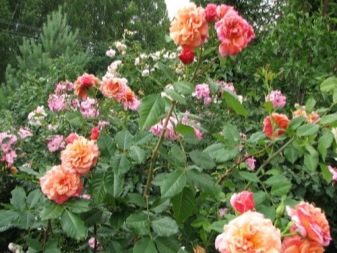
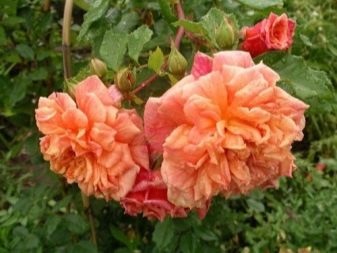
The decorativeness of the "Aloha" variety is the unusual and abundant flowering of the plant. The buds slowly open, and a huge number of petals of a warm pink hue are shown. As the flower blooms, its more complex color appears: inside the burgundy petals fade to a delicate crimson with a shade of light orange, when the outer petals turn from dark pink to light pink. The dark underside of the petals and their pale edges give the impression of an overflow of color.
The climbing rose "Aloha" harmoniously takes root next to geraniums, violets, cornflowers, lavender, boxwood. This variety looks great on vertical posts, columns, arches, arbors. For the successful formation of the shape of the rose, it is necessary, as the stems grow, to guide them and tie them with plastic twine to the support. It is not recommended to fix the shoots with wire, as it damages the delicate stems of the rose.
Important! This variety has a "double" Aloha of American production in 1949. Nevertheless, the German hybrid "Aloha" is not easy to confuse with other plants due to the uniqueness of its decorative properties.
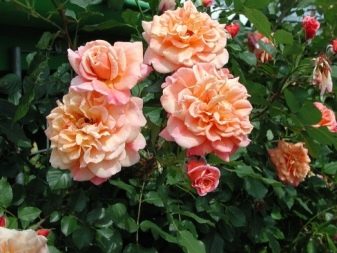
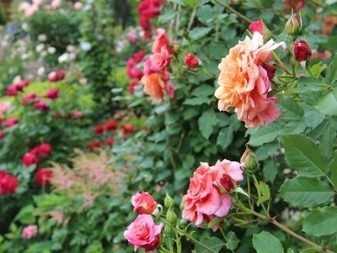
Advantages and disadvantages
On the positive side the following are worth noting:
- decorativeness of the variety - the unusual beauty and shape of the climbing rose flowers attracts more and more fans;
- long and abundant flowering period;
- relative unpretentiousness and resistance to pests, which can appear only with extreme careless care of the plant.
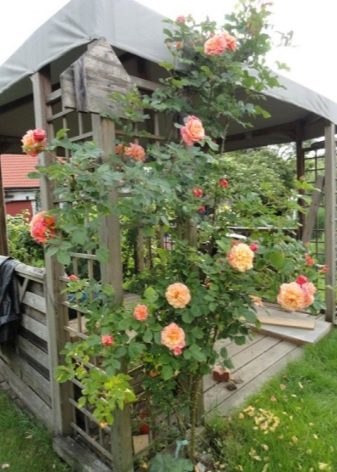
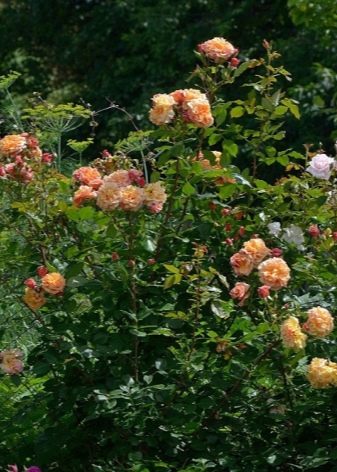
Among the negative aspects, the following should be noted:
- heavy inflorescences often sag to the ground, so "Aloha" really needs a solid support;
- the stems of the plant are covered with many thorns, which can cause inconvenience when leaving (pruning, transplanting, wrapping for the winter);
- this variety needs fertile soil, so it is necessary to fertilize it in a timely manner (at least once every 2-3 weeks).
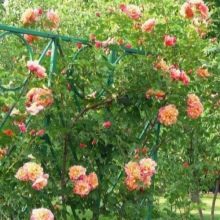
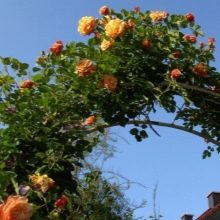
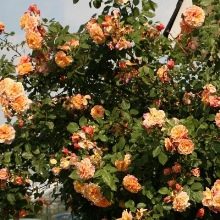
Landing
The Aloha climbing rose is great for outdoor planting, but windy areas should be avoided. Gusts of strong wind and drafts are one of the reasons for the lack of flowers in this variety.Due to its large size, the Aloha rose looks like a tree and therefore requires more fertilizers. Planting a plant in the ground is carried out strictly, adhering to the following rules:
- if the “Aloha” rose is planted in spring, it is necessary to wait until the soil warms up to + 10 ° C;
- the landing site should be well lit, but partial shade is also allowed; if you plan to plant near a building, then you need to choose a place so that the flowing rainwater does not fall on the bush;
- a few days before planting, the cutting of the plant must be kept in a growth-stimulating solution;
- a pit is required at least 40 cm in depth, at the bottom of which there must be a drainage layer of fine gravel; the next layer is organic fertilizers (at least 10 cm), and then soil again;
- it is recommended to maintain an interval of 1 meter between the bushes to stimulate the growth of green mass and set young buds;
- the stalk in the hole must be set evenly, as it is sprinkled with soil, carefully tamp it; there should be no cavities among the roots;
- so that the seedling does not disappear, the root collar of the plant should be 3 cm above the ground level;
- the bush must be watered abundantly and sprinkled around with a small layer of peat to retain moisture in the soil.
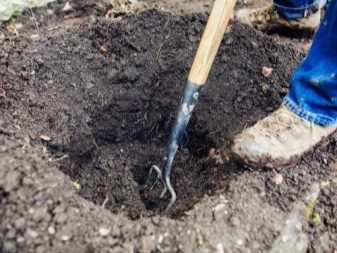
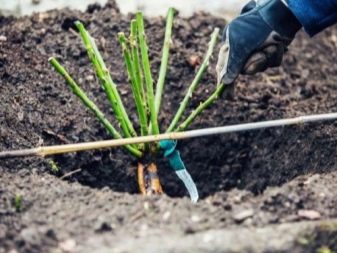
You can propagate the Aloha rose on your own by rooting the climbing layer in mid-spring or early autumn.
The main shoots must be placed horizontally so that the young branches growing from them rise. This will help shape the bush correctly.
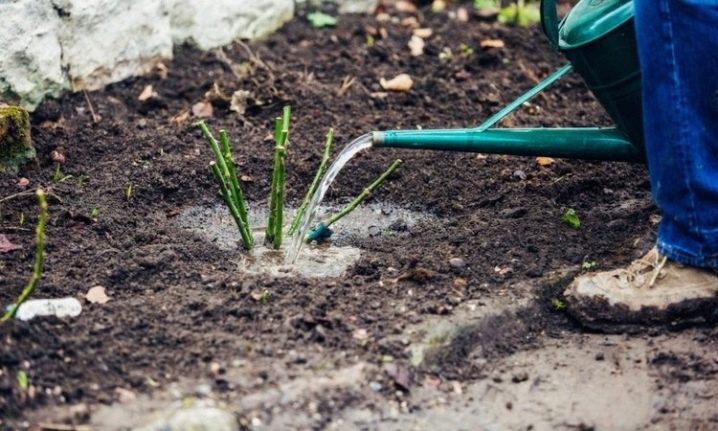
Care
The Aloha variety is a rather unpretentious plant. It is worth performing such basic care activities as:
- weed control;
- regular, but shallow loosening of the soil;
- plant fertilization (depending on the season: in the summer - potassium and phosphorus, and in the spring - nitrogen fertilizers);
- measures to prevent diseases and insect attacks;
- watering at least 2 times a week;
- Regular pruning to form the shape of the plant; due to the large number of inflorescences and the severity of the buds, the climbing rose "Aloha" needs support.
Important: in the first months after planting, irregular or insufficient watering, as well as the lack of pruning, significantly reduce the chances of a rose taking root in a new place.
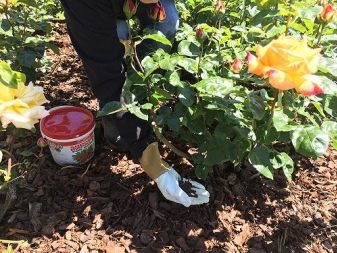

Young seedlings need to be watered abundantly at intervals of 10 days, but do not allow excess moisture. Adult plants are watered every 15–20 days. Watering a small rose will require about 1 bucket of water, and a larger one - 2-3 buckets. No later than before the onset of the first autumn frosts, the final watering is carried out to replenish the rose with moisture. Young plants will need about 30 liters of water, and for adults - 50 liters.
The first year after planting the Aloha rose requires care in its care. It is also important to ensure good rooting of the plant. To this end, young buds are removed so that the roots get more nutrients. During this period, it is best to rid the rose of its "neighbors", let it grow stronger, and then plant other plants to it.
Only normal conditions and sufficient care guarantee all the declared characteristics of the Aloha rose.
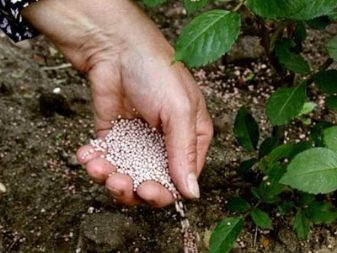
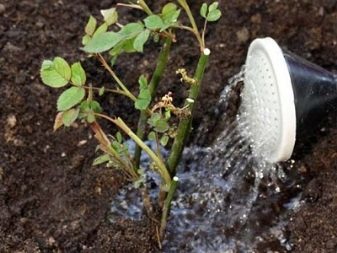
Rules for wintering and pruning shoots
It is best to prune shoots of the "Aloha" variety in early spring, before the beginning of the growing season. To rejuvenate old plants and shape a shrub, use strong pruning, leaving 2-3 buds on the shoots. Medium pruning provides abundant and early flowering (about 5 buds are left on the shoot) and is more often used for the climbing form. Withered shoots and inflorescences are removed in summer (weak pruning).
The Aloha rose tolerates winter well, but in case of persistent frosts, the plant must be covered. The bushes are carefully removed from the support, tied and the shoots are tilted to the ground on a substrate of needles or wood. From above, the Aloha rose is covered with spruce branches, agrofibre or foil. It is recommended to use humus or compost for hilling.
At the beginning of spring, the shrubs must be slightly opened and aired to avoid early swelling of the buds under the covering material.
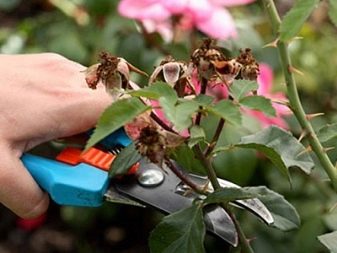
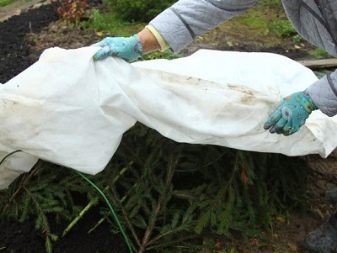
Reviews of amateur gardeners
The variety "Aloha" receives a greater number of positive reviews for the extraordinary beauty of the buds, their abundant flowering. The smooth transition from one color to another and the delicate aroma of the "Aloha" climber leaves no one indifferent. With proper care and the formation of a "hedge", some gardeners have a climbing rose up to 3 meters high. High resistance to frost and pests deserves special attention. Gardeners note that the rose is able to withstand temperatures as low as -7 ° C, and also safely endures the winter.
The "Aloha" variety receives negative reviews mainly for its "prickly", which causes inconvenience when pruning and covering for the winter. Susceptibility to spider mite infestation is often noted, which can be avoided with timely preventive measures. The Aloha variety is capricious, but very attractive. But even a novice gardener can grow these beautiful roses. One has only to organize proper care and get acquainted with the peculiarities of their cultivation.
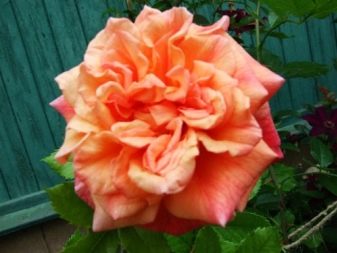
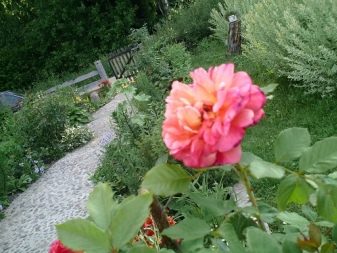
See the video below for an overview of the Aloha rose.

































































































The comment was sent successfully.